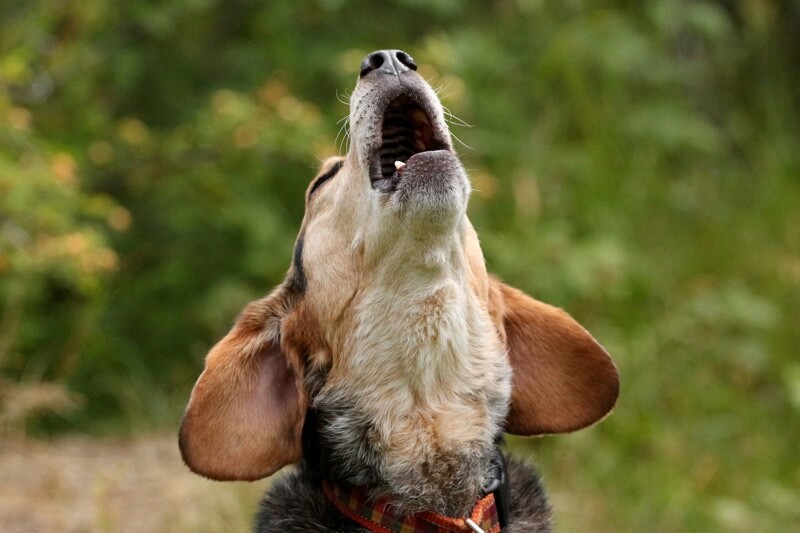Fit Facts on Exercise and Dogs
Does a daily walk do the trick? What about racing around the backyard? Find out more about how much exercise your dog truly needs.

Choosing the right fence for your dog can be a major decision, especially because there are numerous factors you need to consider.

What to Do About Territorial and Aggressive Behaviors
Once you acknowledge that your pal may be aggressive, you can work together to manage these behaviors and improve your relationship. Before you begin developing these skills by working with your dog, its important to understand that dog training is a long process and it can be frustrating at times. It is best to take a slow and steady approach and to manage your expectations. That said, here are few tips for toning down the aggressive territorial behavior:
Another territorial behavior that dogs practice is urine and fecal marking (though fecal marking is considerably less common). This is the classic example of a dog marking their territory and should not be confused with potty training issues. There are several reasons a dog may mark their territory. Your pooch may be inclined to do some urine marking if:
There are, of course, other reasons a dog might urine mark, but these are among the more common culprits behind urine marking. It is also important to make sure that an underlying medical condition isnt causing the urination. If you suspect that there may be a medical problem, its important to have a veterinarian evaluate your pooch for any health-related issues.
From routine visits to emergencies, an ASPCA Pet Health Insurance plan can help you provide the coverage your pet needs without worrying about cost. Get a free quote now!
While its certainly not fun to think about, there are a few ways you can address the behavior of urine marking. Be sure to have your dog spayed or neutered, if you havent already. This may stop the behavior entirely. Here a few other tips for addressing territorial marking:
Its important not to punish your dog for urine marking. They wont understand what theyre doing wrong or why theyre being punished. Working with them to change the behavior is a more effective approach to discouraging urine marking.
Owning a territorial dog, especially one that exhibits aggressive behaviors, can be stressful for any pet parent. It is also stressful for your dog. Thats why its important to work with your pal on developing healthy behaviors and alternatives to aggressive territorial behavior. Please remember that training your dog is a long-term process that requires a lot of work, but the end result can be well worth your time.
The information presented in this article is for educational and informational purposes only and does not constitute or substitute for the advice of your veterinarian.

Why are territorial behaviors ongoing and perhaps even increasing?
For many dogs, territorial displays are a normal part of their behavioral repertoire. While any dog may show territorial responses, certain breeds of dogs have been bred for guarding and watchful behaviors. Without appropriate supervision, owner interaction and training of appropriate responses, these dogs may engage in territorial displays that vary in intensity from mild barking to intense displays that might include growling, snarling, lunging, piloerection and even biting a person or animal entering the territory. Opportunity and environmental access to the stimulus will influence whether the behavior will take place. Without proper owner supervision and training, these behaviors may become excessive. Dogs that are tied may show extreme territorial behaviors and aggressive responses. Dogs that are left outside all day without owner supervision are also at risk for developing escalating territorial responses. Many dogs that show territorial responses are often fearful and anxious and just want the intruder to leave.
